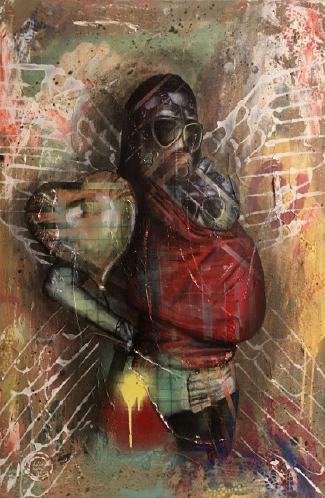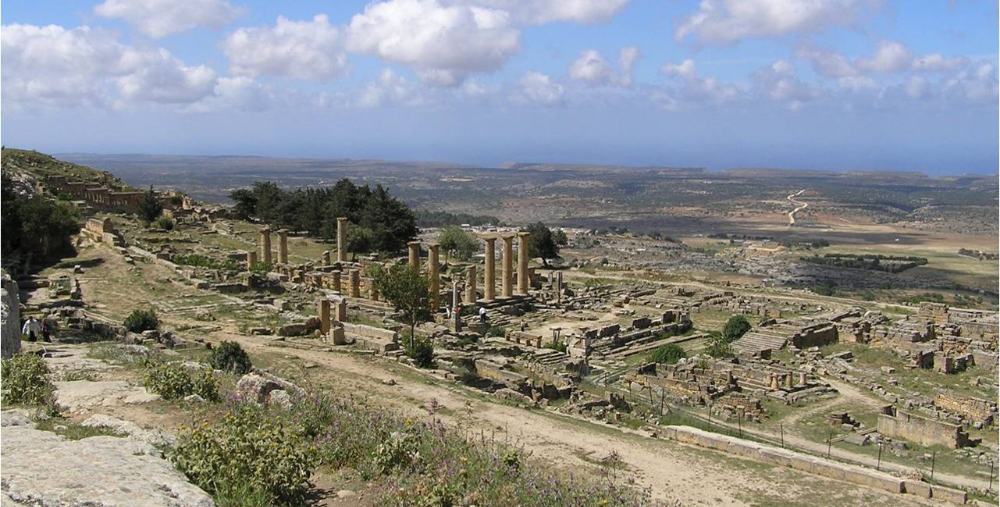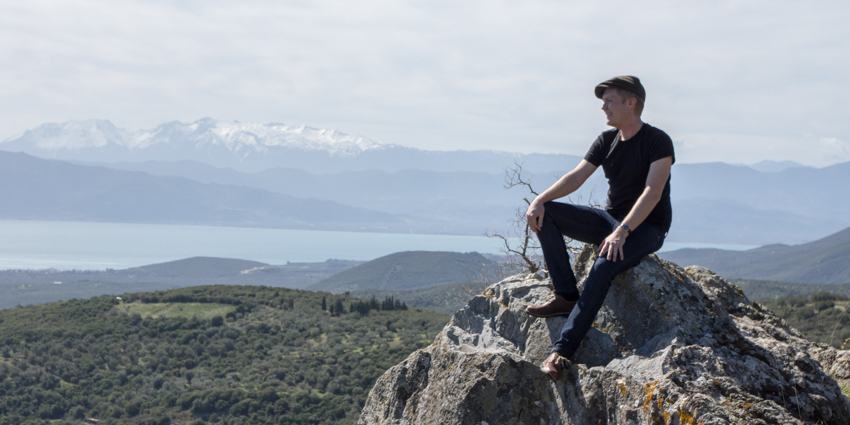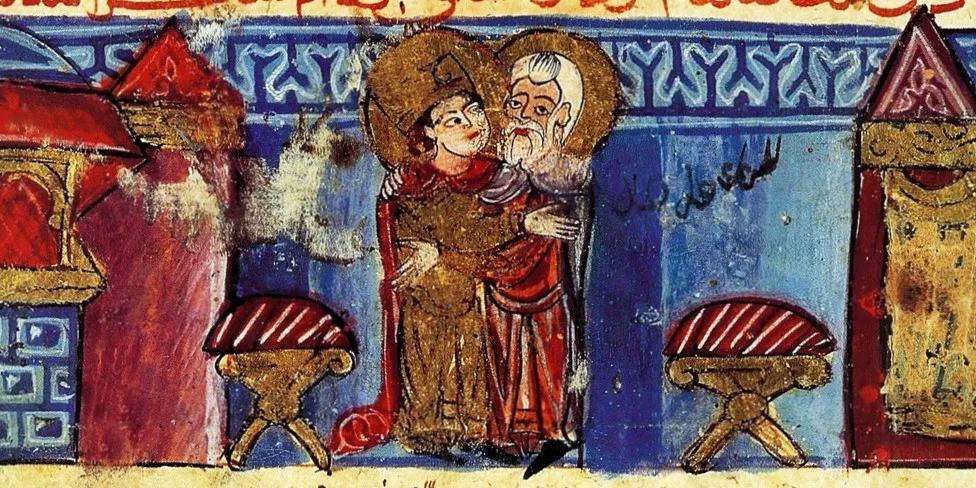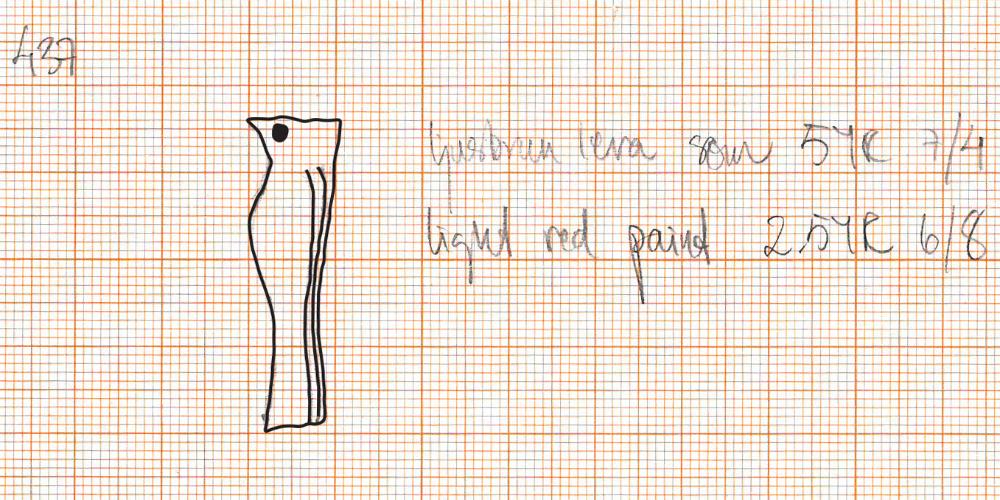The shackled men of Phaleron: A 3D-model of a mass grave found in the Phaleron Delta Cemetery
A collaboration between the Ephorate of Antiquities of Piraeus and the Islands and the Swedish Institute at Athens
Published: 2021-09-09
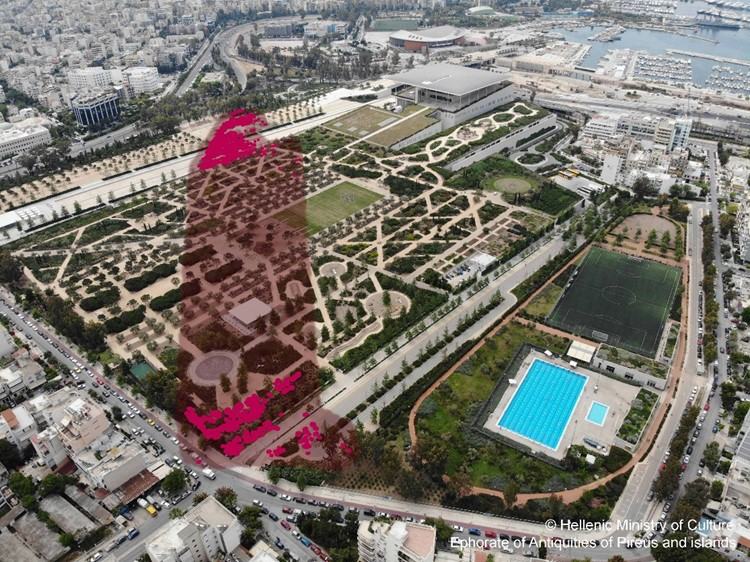
Fig.1: The location of the cemetery, the probable total area, as seen in the actual Phaleron Bay from NW. ©Hellenic Ministry of Culture and Sports. Ephorate of Antiquities of Pireus and Islands.
The Phaleron Delta cemetery is spatially delimited by the sandy deposits of Phaleron Bay, most of which are not visible today due to the continuous earthworks that were initated at the beginning of the last century and continue uninterruptedly to this day. Excavations at the cemetery began in the late 19th century, continued in the early years of the 20th century and are being pursued to this day after a 100-year hiatus. (Fig.1) It is a spatially extended coastal cemetery, outside of the boundaries and the walls of Athens, but very close to its first harbour. Based on the excavation data, the period of its use can be placed from the last decades of the 8th century BC until the 4th century BC.

